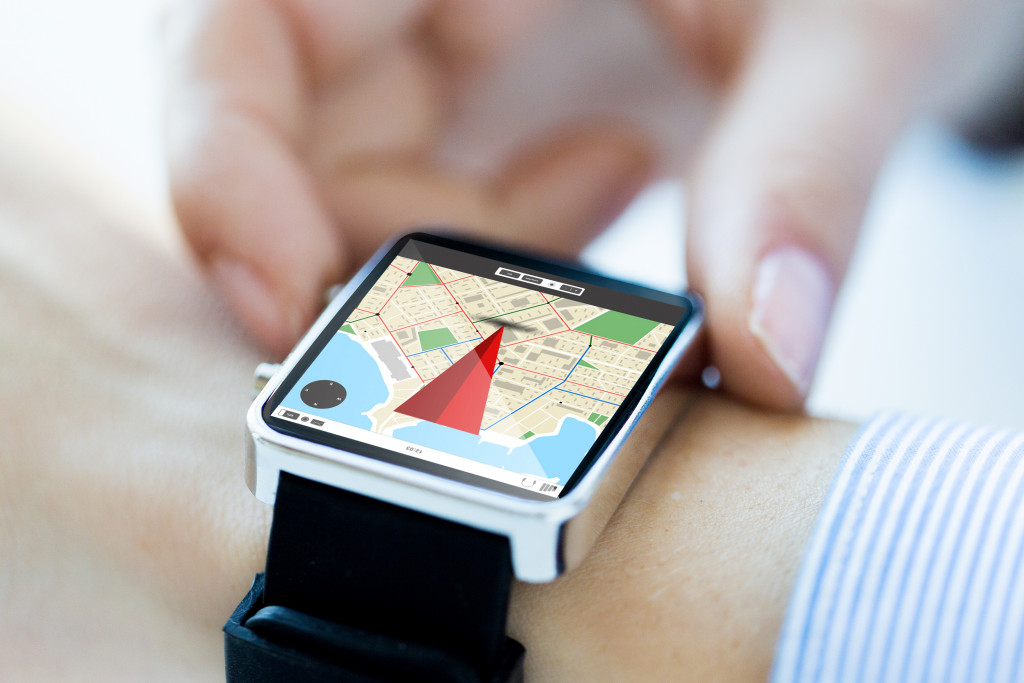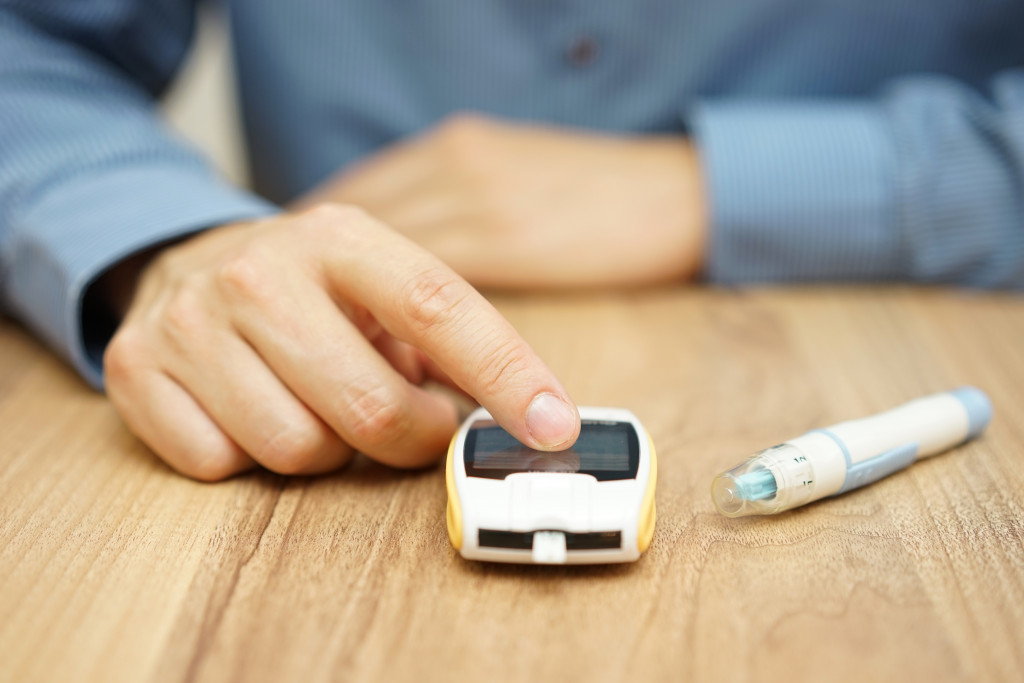- Utilizing the latest medical equipment and technology can improve care for chronic conditions.
- Remote patient monitoring, fluid delivery devices, and telemedicine are beneficial for managing chronic illnesses.
- AI-driven apps and software provide personalized recommendations on managing conditions and medication refill reminders.
- Predictive models can detect and diagnose conditions earlier before further complications arise.
- Technology can help healthcare providers reduce costs while improving patient satisfaction over time.
Approximately 60 percent of American adults have a chronic illness, and 40 percent suffer from two or more. Such medical conditions are the major cause of death and disability in America today and the primary contributors to our nation’s $4.1 trillion annual healthcare costs.
Chronic conditions such as heart disease, cancer, diabetes, and asthma are a reality for millions worldwide. Treating these conditions requires a well-coordinated effort between doctors, nurses, and other healthcare professionals. Fortunately, technology can help streamline this process and provide better care to patients with chronic conditions.
Latest Medical Equipment
The latest medical equipment is essential for managing and treating chronic illnesses. Technological advancements make it easier to diagnose and treat a wide range of conditions. By utilizing these devices, healthcare professionals can more accurately and quickly diagnose patients, providing more effective treatments in a shorter amount of time.

Remote Patient Monitoring (RPM)
One way to improve care for chronic conditions is through remote patient monitoring (RPM). RPM involves using technological gadgets that allow healthcare professionals to monitor a patient’s vital signs from a distance. For example, wearable devices like Apple Watch or Fitbit can track heart rate, blood pressure, and other real-time metrics.
Fluid Delivery Devices
Fluid delivery devices or infusion pumps are valuable tools for treating patients with chronic illnesses. These devices can be used to deliver medication, nutrients, or other fluids directly into the bloodstream at precise intervals. This allows healthcare professionals to adjust treatments quickly and effectively according to the patient’s condition. Cancer patients also use these devices to ensure the proper delivery of chemotherapy drugs. Going through chemotherapy is essential to slow down cancer cell growth. The procedure will eventually deal with the disease and prevent it from returning.
Telemedicine
Another way technology is being used to improve care for chronic conditions is through telemedicine. Telemedicine uses digital tools like video conferencing software or instant messaging platforms that allow medical professionals to communicate remotely to diagnose and treat various medical issues.
Virtual Appointments
This means patients can have virtual appointments with their doctors from the comfort of their homes. This saves time and money that would otherwise be spent traveling back and forth between doctor’s offices or hospitals. Telemedicine also offers increased convenience by allowing patients access 24/7—giving them more flexibility when scheduling appointments according to their needs. Phone-based consultations, electronic health records (EHR) systems, and remote monitoring tools are also part of the telemedicine landscape.
Personalized Treatment
With these innovative technologies, chronic care patients can receive more personalized and efficient treatment for their conditions. Telemedicine is particularly beneficial in rural areas where access to healthcare is often more limited. Telemedicine can improve health outcomes in areas where quality care is scarce by allowing patients to connect with specialists from other parts of the country or even internationally.

AI-Driven Apps & Software
Artificial Intelligence (AI) driven apps and software are being developed that can help manage chronic conditions more effectively than ever before. These apps use AI algorithms combined with patient data to provide personalized recommendations on how best to manage their condition on an ongoing basis. Patient data includes diet, lifestyle habits, and medications taken.
Reminders for Medical Refills
For example, there are now AI-driven apps available that can give reminders when it’s time for medication refills. They also alert users if they exhibit behaviors that could worsen their condition, such as irregular sleep patterns or poor dietary choices. This level of personalized care has been found to positively affect patient outcomes by helping them manage their health on an ongoing basis—leading to less strain on healthcare providers and patients over time.
Predictive Models
AI is also used to develop predictive models to help healthcare providers diagnose and treat chronic conditions earlier. The treatment comes before they become more serious. AI algorithms can identify patterns in a patient’s medical history, symptoms, lifestyle habits, and other factors that could indicate the development of a chronic condition. This allows providers to intervene and treat the condition earlier on before it has a chance to worsen.
By utilizing technology, medical centers & hospitals have the potential to provide better care for individuals managing chronic conditions while reducing costs at the same time. By using these technological advancements, healthcare providers can offer improved levels of service while also increasing efficiency across all departments within the organization itself—ultimately leading to greater satisfaction among both providers & patients alike over time.

